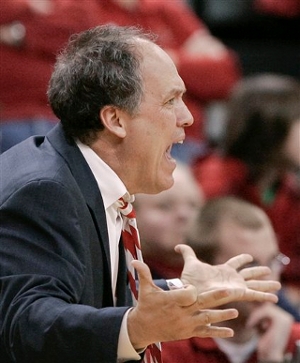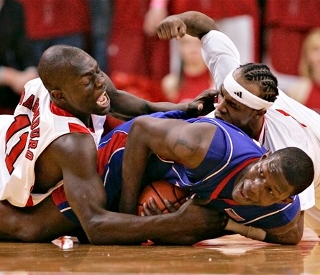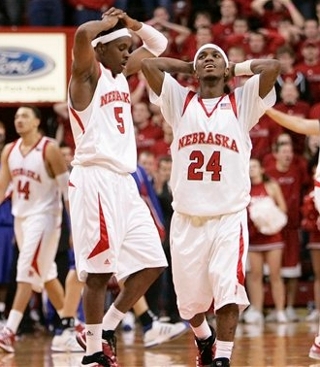#16/17 Texas Longhorns (15-6 overall, 4-3 Big 12) at Nebraska Cornhuskers (14-7, 4-4)
Bob Devaney Sports Center | Lincoln, NE | Tip: 1 PM CST | TV: ESPN
If there was ever a must-win game for the Texas Longhorns, this would be it. They have lost two straight games by a combined eight points, slipping to only .500 in conference play, where they sit just a half-game above the dreaded fifth-place line.
So while it’s certainly time to stop the bleeding, the Longhorns have the unenviable task of doing so on the road against a very well-coached team that has historically takes them to the wire. Although Texas has defeated the Cornhuskers nine out of the ten meetings under Coach Rick Barnes, the last two meetings against new Nebraska coach Doc Sadler have been much more interesting. In 2006, the Longhorns escaped Lincoln with a one-point victory — a contest they also entered on a two-game losing skid — and won by only four last season in Austin.
But if Tuesday night’s game against Missouri was the worst possible match-up for the Longhorns, this afternoon’s contest with Nebraska could be one of the best. The Huskers play a style of basketball that is nearly identical to Texas, but do it with a smaller, less-athletic team. If Texas plays sound basketball, they should escape Lincoln with another narrow victory.

Doc Sadler has led Nebraska’s turnaround
(Photo credit: Nati Harnik/Associated Press) 
Cookie Miller is fighting mad
(Photo credit: Nati Harnik/Associated Press) 
It’s been an up-and-down year for Nebraska
(Photo credit: Nati Harnik/Associated Press) |











